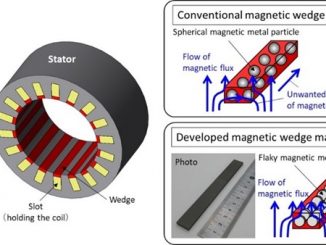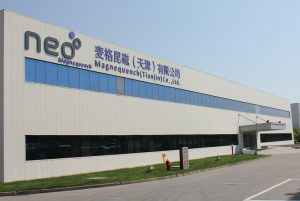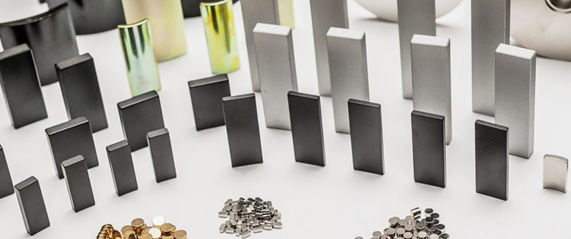
Spurred by the global growh of automakers Hyundai and Kia, and now riding alongside Korean steel maker Posco International, Star Group of Korea is rising in prominence as a leading magnet manufacturer in Asia – aiming now to expand into North America. Star and Posco announced recently they are seeking to jointly establish a new magnet manufacturing operation in the U.S. that would be a domestic supplier using only non-Chinese sources of rare earth feedstock.
A patent-rich company with extensive know-how in producing permanent magnets, Star Group Ind. Co., Ltd. (SGI) is recognized in South Korea as the country’s leading, perhaps only, rare earth magnet producer, though it is not widely known outside Asia. This article provides some background on the company and its plans, based on information from its website and other sources.
Against China’s dominance, Posco has teamed up with Star Group to take charge of rare earth permanent magnet production at the jointly held factory, while Posco with its global network is projected to lead their sale and distribution in the U.S. The factory is planned as a synergistic business partner with a new and expanding plant of Posco’s in Mexico for manufacturing motor cores. Posco Mobility Solution, Posco International’s drive motor core-manufacturing subsidiary is building an extensive worldwide network of motor core plants, including the large facility in Mexico.
The subsidiary has recently bagged large contracts from Hyundai Motor Group, the South Korean-based parent company of Hyundai Motor and Kia, to supply its drive motor cores. The permanent magnets involved in the contracts will be sourced from the U.S., Australia and Vietnam while avoiding the use of rare earths from China. Texas, Tennessee and Arizona are floated as strong candidates as sites of the joint venture factory because those states have either rare earth mines or auto factory clusters. See related article in Magnetics Magazine.
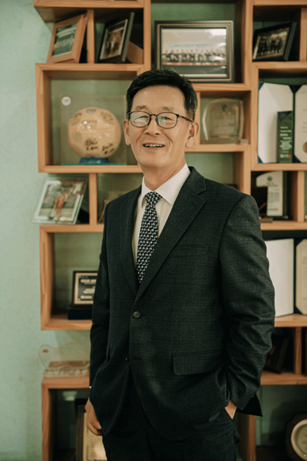
Star Group is headed by Kong Koon-Seung, who makes this general statement about the company: “Star Group Ind. Co., Ltd. will always be a reliable partner with the best quality and technology for customers through innovative perspective and continuous technology development and will make it a gruntled workplace for company members to realize their ego. We will move forward as a world-class company that creates the future of rare earth permanent magnet applications.”
Headquartered in the city of Daegu, located in southeastern South Korea about 50 miles from the coast, Star Group was founded in 1994. It also operates a factory in Yeongcheong to the north near Seoul to produce permanent magnets for autos, information technology devices and industrial motors. It has a subsidiary plant in Shangqiu, China, and liaison offices in Malaysia and USA. It has been a permanent magnet supplier of Hyundai Motor Group for a decade. Star Group’s operating profit amounted to 11.4 billion won (about $8.5 million) in 2022 on sales of 169.7 billion won (about $125 million), more than double that of the previous year.
Magnetic products of Star Group
Star Group produces an extensive portfolio of permanent magnets and related products including magnets for traction motors, voice coil motor magnets and computer disk drives. A few examples are shown here.
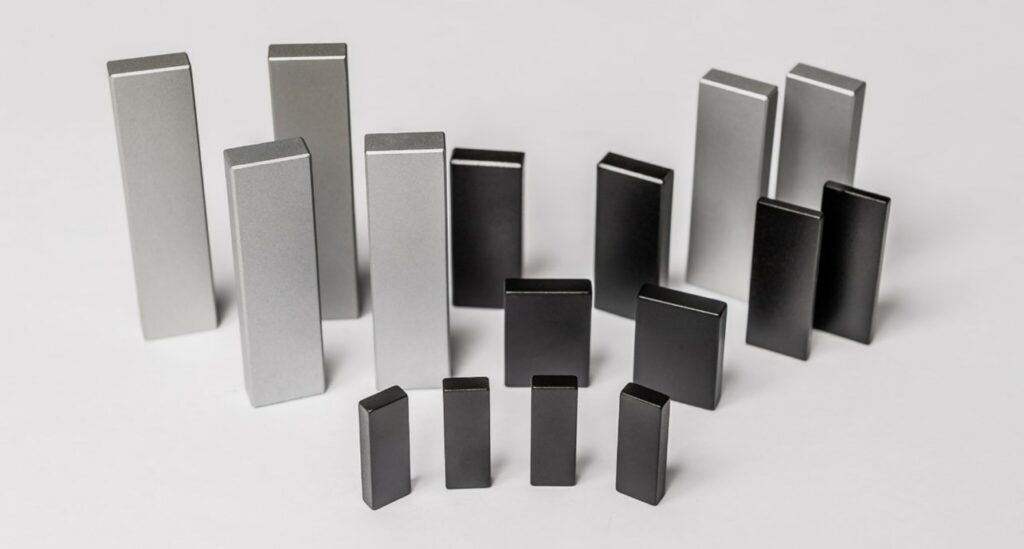
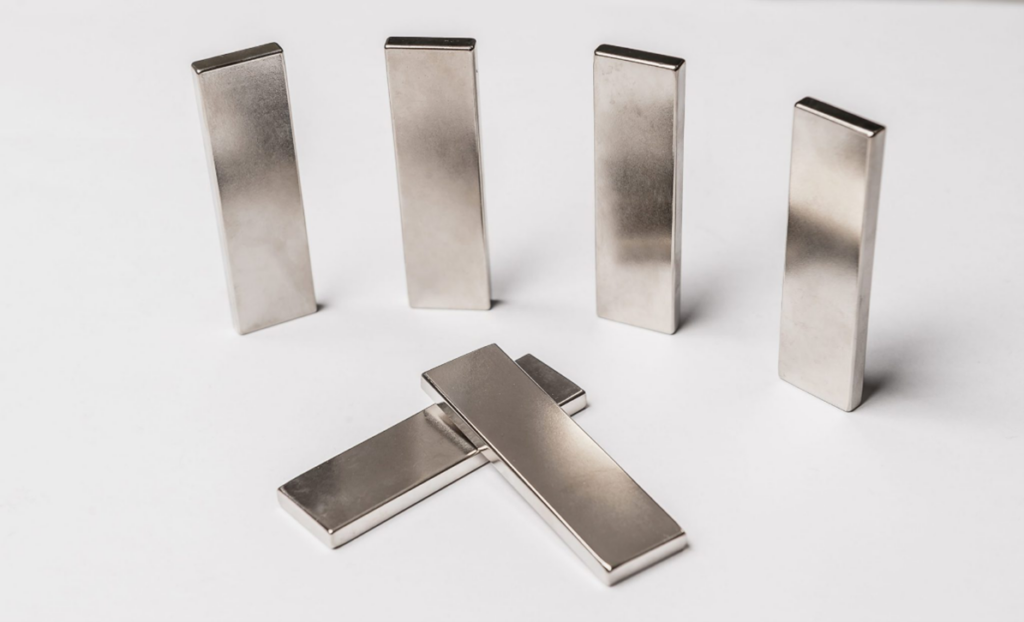
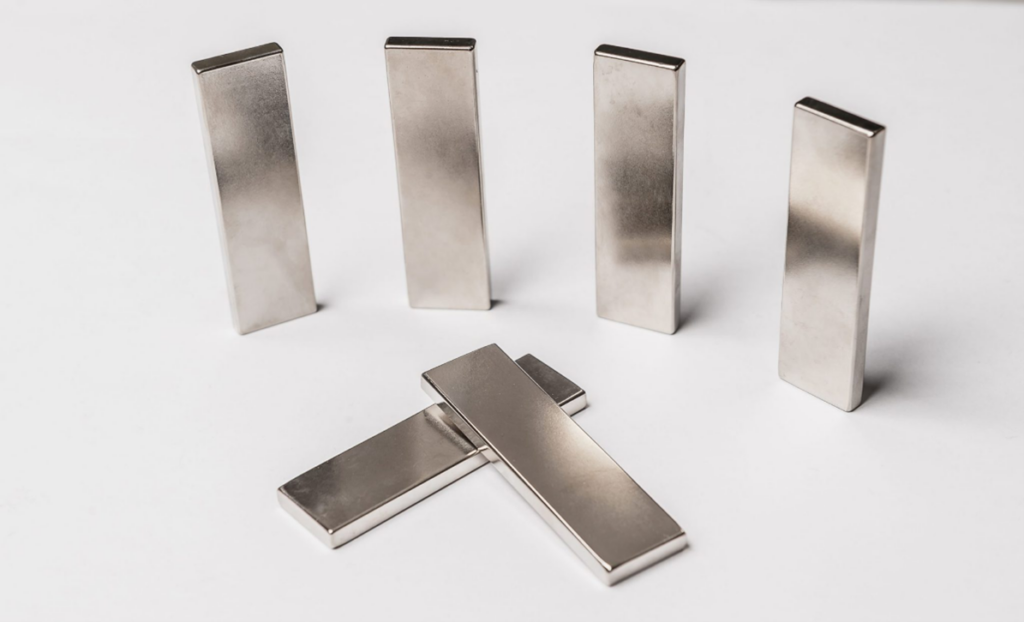
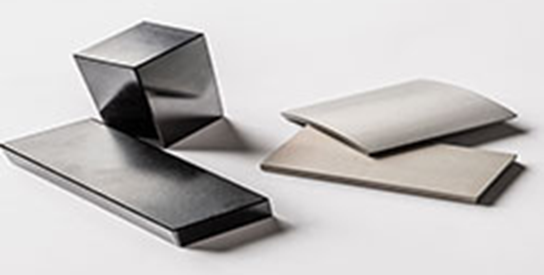
According to the company, it Is the only producer of rare earth magnets in South Korea. SGI holds a number of patents, including heavy earth element powder manufacturing technology and uniform diffusion technology, through years of research and development. Its Production Technology Research Institute cooperates with leading domestic and foreign research institutes and companies in pursuit of developing high magnetic force permanent magnets that stably exhibit their magnetic performance even at high temperatures. Below are examples of some of its key technologies, as presented by the company on its website.
Particle refinement technology
Generally, in the alloy manufacturing stage, the addition of rare earth elements dysprosium (Dy) and terbium (Tb) improves the magnetic force. However, SGI has developed a technology to refine particles and suppress grain growth as much as possible during the sintering process when manufacturing rare earth permanent magnet powders without adding expensive heavy earth elements.
As a result, we have secured a technology for manufacturing rare earth sintered magnets with improved magnetic strength of 1.5 kOe compared to conventional rare earth permanent magnets. In addition, the reduction in residual magnetic flux density (Br) was minimized because the cloth strength was improved without adding heavy rare earth elements.
Grain boundary diffusion process
It is a technology in which heavy rare earth elements powder is applied to the surface of a rare earth permanent magnet and then heated at a high temperature, and heavy rare earths are diffused inside along with the interface of magnet grains, and finally a HRE2Fe14B (= core shell) diffusion layer is formed with high isotropic magnetic field, thus increasing the strength of the saw.
It is the most effective technology to improve the magnetization of rare earth permanent magnets because expensive heavy earth elements are selectively used for crystal grain interfaces. (It is possible to reduce the use of heavy earth elements by 80% compared to conventional technologies).
Split magnet
As the development trend of the motor industry progresses in the direction of high-speed and high-output, SGI has developed a split magnet as a way to reduce the eddy current of rare earth permanent magnets generated in motors rotating at high speed. Splitting and bonding rare earth permanent magnets can reduce the electrical conductivity of permanent magnets, which can effectively reduce eddy current generated within permanent magnets. This reduction in eddy current means that the heating of the motor can be controlled, which means that it can reduce the number of rare earth elements used in rare earth permanent magnets. SGI has an optimal solution for a number of magnets, the shape, and direction of the division of rare earth permanent magnets.
For more info, see www.sgtech.co.kr.

